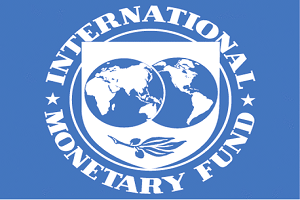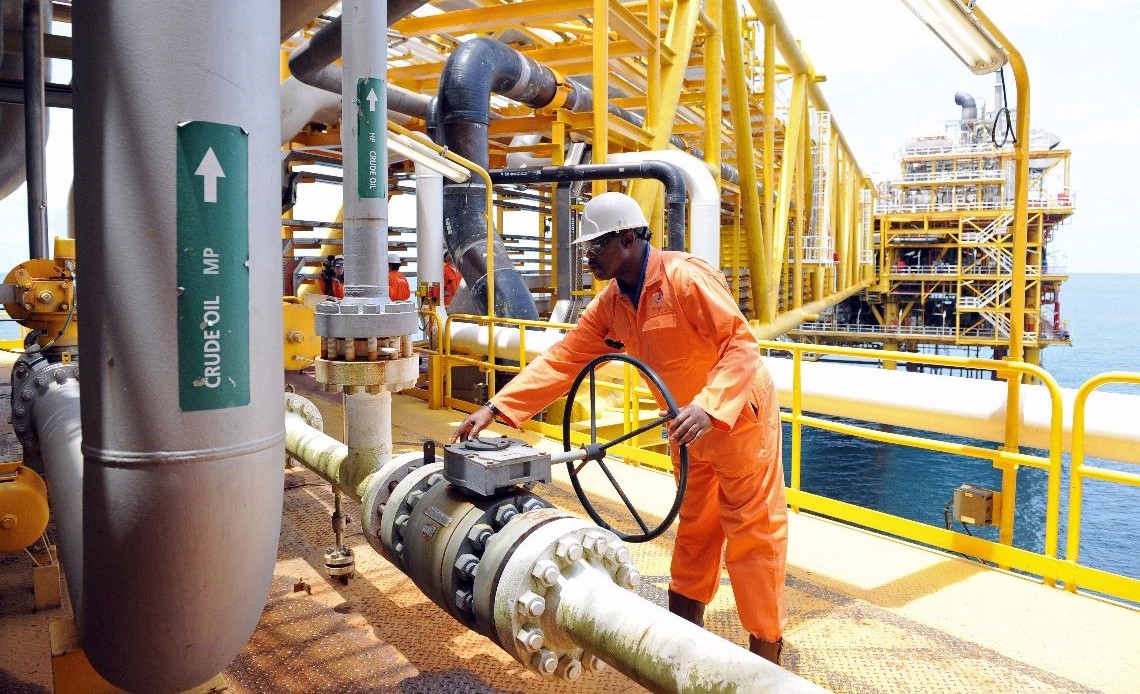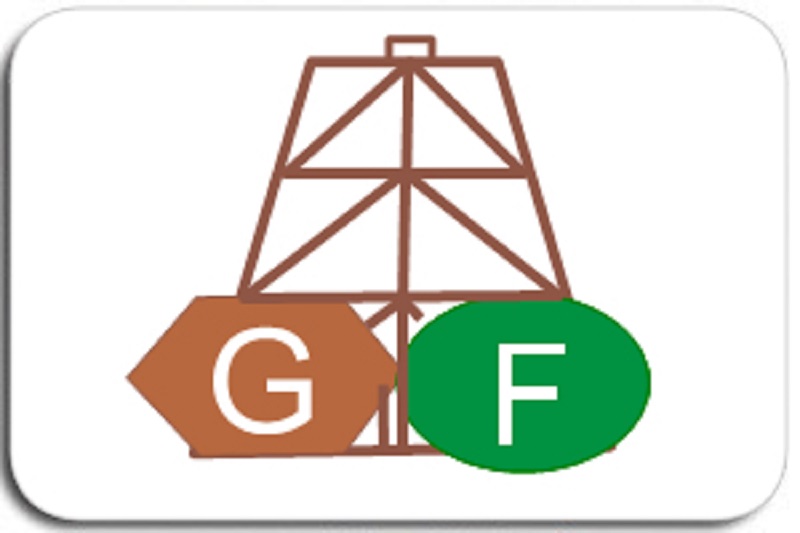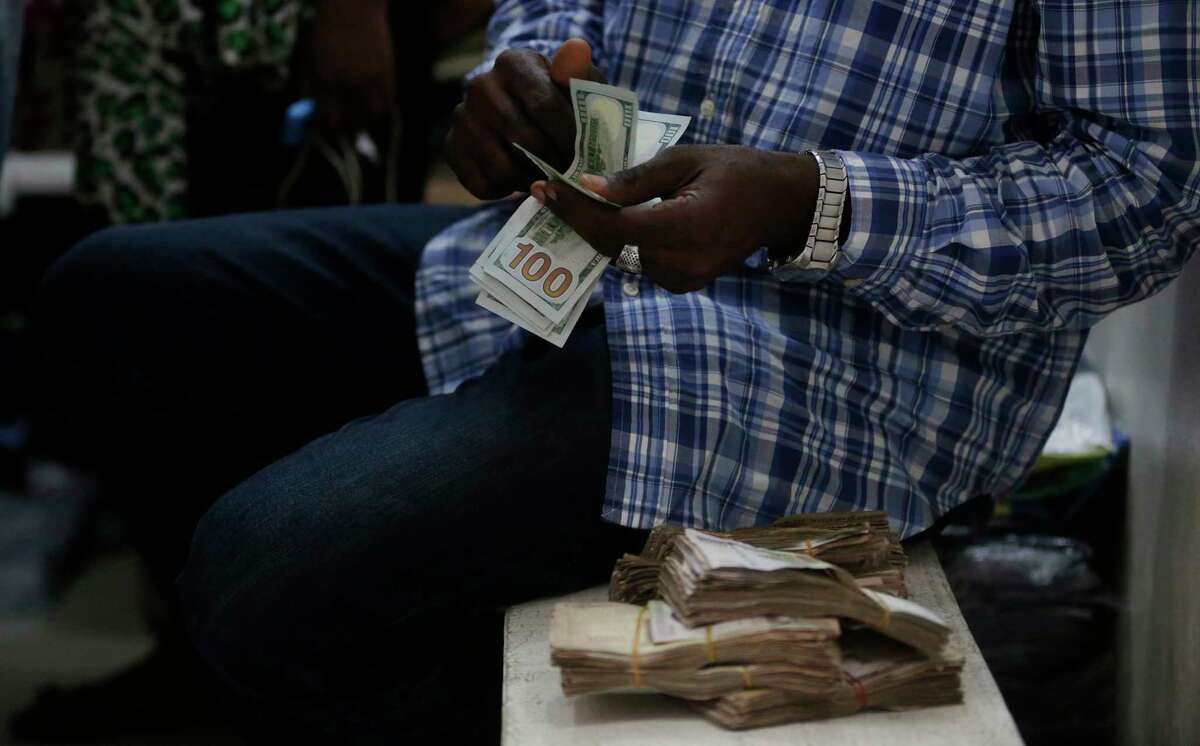Economy
IMF Praises Zambia’s Move to Further Ease Monetary Conditions


By Modupe Gbadeyanka
The decision of the apex bank in Zambia, the Bank of Zambia (BoZ), to further ease monetary conditions in the country has received commendations of the International Monetary Fund (IMF).
The global financial firm, in a statement, said it also welcomed BoZ’s efforts to strengthen its supervision of the financial system, including with technical assistance from the IMF.
From May 31-June 10, 2017, a team of IMF led by Mr Tsidi Tsikata, visited Zambia to continue discussions on the 2017 Article IV consultation and the authorities’ request for an IMF-supported program.
During the meeting, the IMF team met with President Edgar Lungu; Minister of Finance, Felix Mutati; BoZ Governor, Denny Kalyalya; Minister of Agriculture, Dora Siliya; Minister of Development Planning, Lucky Mulusa; other senior government and BoZ officials; members of parliament; and representatives of the private sector, labour unions, civil society organizations, and Zambia’s development partners.
At the end of the visit, Mr Tsikata said both parties agreed on remaining actions needed to reach staff-level agreement on a program that could be supported under the IMF’s Extended Credit Facility (ECF).
He explained that the remaining actions entail measures to improve fiscal performance and concrete steps toward implementation of key policies contained in the 2017 budget.
Mr Tsikata said the IMF aims to reach understandings in the coming weeks that would form the basis for presenting the authorities’ request for an ECF arrangement and the report on the 2017 Article IV consultation to the IMF Executive Board in August 2017.
“The near-term outlook for the economy has improved in recent months, driven by good rains and positive sentiments in the financial markets as evidenced by increased foreign investor participation in the government securities market.
“A bumper harvest and increased hydroelectricity generation are expected to boost economic activity by more than previously projected; IMF staff project real GDP growth to improve slightly from the revised official rate of 3.4 percent in 2016 to about 4 percent in 2017.
“We also project the annual inflation rate (6.5 percent in May) to remain at single-digit levels, notwithstanding the impact of the move toward cost-reflective electricity tariffs,” he said in his report.
The IMF team leader noted further that, “Improved fiscal performance and discipline are needed to sustain market confidence. Fiscal performance in the first four months of 2017 was mixed relative to budget estimates. Total domestic revenue (tax and nontax) fell short of the projected level while total expenditures appeared to be broadly in line with the budget.
“However, on the expenditure side, while the government has cleared substantial arrears, it appears that new arrears may be emerging. The government is taking steps to strengthen commitment control, including by expanding the coverage of the Integrated Financial Management Information System (IFMIS) to all central government agencies.
“Other remaining fiscal measures relate to reduced spending on the Farmer Input Support Program through improved targeting of beneficiaries and limiting maize purchases to the level in the budget.”
He said, “Weaknesses in the management of public finances and public investment pose significant risks to the 2017 budget objectives of “restoring fiscal fitness for sustained inclusive growth and development” and scaling up social spending. In that context, IMF staff welcomed the heightened attention and efforts underway to strengthen the legal framework for managing public resources, including the introduction of the Planning and Budgeting Bill, and amendments to the Public Finance and Public Procurement Acts. IMF staff urged the authorities to continue strengthening their public debt management capacity in order to underpin their efforts to put public debt on a sustainable path.”
Economy
Nigeria Adds 150,000 b/d Crude Production in November 2024

By Adedapo Adesanya
Nigeria added 150,000 barrels per day to its crude production in November 2024 as it continues to pursue an ambitious 2 million barrels per day target.
According to the Organisation of the Petroleum Exporting Countries (OPEC), Nigeria’s oil production rose to 1.48 million barrels per day in November, up from 1.33 million barrels per day the previous month.
In its Monthly Oil Market Report (MOMR), OPEC revealed that at 1.48 million barrels per day, it is the continent’s leading oil producer, surpassing Algeria’s 908,000 barrels per day and Congo’s 268,000 barrels per day.
Business Post reports that OPEC doesn’t account for condensates, which Nigeria’s accounts for in its broader 2 million barrels per day target.
Despite the surge in production levels, Nigeria is still under producing its 1.5 million barrels per day output quota under a deal involving OPEC and 10 other producers known as OPEC+.
OPEC said it relied on primary data gotten through direct communication, noting that secondary sources reported 1.417 million barrels per day as Nigeria’s crude production in November — up from 1.4 million barrels per day in October.
The data also shows that OPEC’s total oil production among its 12 members rose by 104,000 barrels per day in the month under review.
According to secondary sources, the total of the 12 OPEC countries’ crude oil production averaged 26.66 million barrels per day in November 2024.
“Crude oil output increased mainly in Libya, Iran, and Nigeria, while production in Iraq, Venezuela, and Kuwait decreased”, OPEC said.
“At the same time, total non-OPEC DoC crude oil production averaged 14.01 mb/d in November 2024, which is 219 tb/d higher, m-o-m. Crude oil output increased mainly in Kazakhstan and Malaysia,” the organisation added.
In a related development, OPEC trimmed its 2024 and 2025 oil demand growth forecasts for the fifth time this year.
Now, the cartel expects the world’s oil demand growth at 1.61 million barrels per day from the previously 1.82 million barrels per day.
For 2025, OPEC says the world oil demand growth forecast is now at 1.45 million barrels per day, a 900,000 barrels per day cut from the previously expected 1.54 million barrels per day.
On the changes, OPEC says that the downgrade for this year owes to more bearish data received in the third quarter of 2024 while the projections for next year relate to the potential impact that will arise from US tariffs.
Economy
Afriland Properties, Geo-Fluids Shrink OTC Securities Exchange by 0.06%

By Adedapo Adesanya
The duo of Afriland Properties Plc and Geo-Fluids Plc crashed the NASD Over-the-Counter (OTC) Securities Exchange by a marginal 0.06 per cent on Wednesday, December 11 due to profit-taking activities.
The OTC securities exchange experienced a downfall at midweek despite UBN Property Plc posting a price appreciation of 17 Kobo to close at N1.96 per share, in contrast to Tuesday’s closing price of N1.79.
Business Post reports that Afriland Properties Plc slid by N1.14 to finish at N15.80 per unit versus the preceding day’s N16.94 per unit, and Geo-Fluids Plc declined by 1 Kobo to trade at N3.92 per share compared with the N3.93 it ended a day earlier.
At the close of transactions, the market capitalisation of the bourse, which measures the total value of securities on the platform, shrank by N650 million to finish at N1.055 trillion compared with the previous day’s N1.056 trillion and the NASD Unlisted Security Index (NSI) went down by 1.86 points to wrap the session at 3,012.50 points compared with 3,014.36 points recorded in the previous session.
The alternative stock market was busy yesterday as the volume of securities traded by investors soared by 146.9 per cent to 5.9 million units from 2.4 million units, as the value of shares transacted by the market participants jumped by 360.9 per cent to N22.5 million from N4.9 million, and the number of deals increased by 50 per cent to 21 deals from 14 deals.
When the bourse closed for the day, Geo-Fluids Plc remained the most active stock by volume (year-to-date) with 1.7 billion units valued at N3.9 billion, followed by Okitipupa Plc with 752.2 million units worth N7.8 billion, and Afriland Properties Plc 297.5 million units sold for N5.3 million.
Also, Aradel Holdings Plc, which is now listed on the Nigerian Exchange (NGX) Limited after its exit from NASD, remained the most active stock by value (year-to-date) with 108.7 million units sold for N89.2 billion, trailed by Okitipupa Plc with 752.2 million units valued at N7.8 billion, and Afriland Properties Plc with 297.5 million units worth N5.3 billion.
Economy
Naira Weakens to N1,547/$1 at Official Market, N1,670/$1 at Black Market

By Adedapo Adesanya
The euphoria around the recent appreciation of the Naira eased on Wednesday, December 11 after its value shrank against the US Dollar at the Nigerian Autonomous Foreign Exchange Market (NAFEM) by N5.23 or 0.3 per cent to N1,547.50/$1 from the N1,542.27/$1 it was valued on Tuesday.
It was observed that spectators’ activities may have triggered the weakening of the local currency in the official market at midweek as they tried to fight back and ensure the value of funds in foreign currencies strengthened.
The domestic currency was regaining its footing after the Central Bank of Nigeria (CBN) launched an Electronic Foreign Exchange Matching System (EFEMS) platform to tackle speculation and improve transparency in Nigeria’s FX market.
At midweek, the Nigerian currency depreciated against the Pound Sterling by N3.56 to close at N1,958.68/£1 compared with the preceding day’s N1,955.12/£1 and against the Euro, it slumped by 34 Kobo to trade at N1,612.66/€1, in contrast to the previous session’s N1,613.00/€1.
As for the black market segment, the Naira lost N45 against the American currency during the session to quote at N1,670/$1 compared with the N1,625/$1 it was traded a day earlier.
A look at the cryptocurrency market showed a recovery following profit-taking as the US Consumer Price Index report matched economist forecasts.
The news was enough to convince traders that the Federal Reserve is certain to trim its benchmark fed funds rate another 25 basis points at its meeting next week.
The move also saw Bitcoin (BTC), the most valued coin, return to the $100,000 mark as it added a 2.9 per cent gain and sold for $100,566.12.
The biggest gainer was Cardano (ADA), which jumped by 15.00 per cent to trade at $1.16, as Litecoin (LTC) appreciated by 10.4 per cent to sell for $121.76, and Ethereum (ETH) surged by 7.0 per cent to $3,929.30, while Dogecoin (DOGE) recorded a 6.7 per cent growth to finish at $0.4181.
Further, Binance Coin (BNB) went up by 5.2 per cent to $716.72, Solana (SOL) expanded by 4.6 per cent to $229.77, and Ripple (XRP) increased by 4.2 per cent to $2.43, while the US Dollar Tether (USDT) and the US Dollar Coin (USDC) closed flat at $1.00 apiece.
-

 Feature/OPED5 years ago
Feature/OPED5 years agoDavos was Different this year
-
Travel/Tourism8 years ago
Lagos Seals Western Lodge Hotel In Ikorodu
-

 Showbiz2 years ago
Showbiz2 years agoEstranged Lover Releases Videos of Empress Njamah Bathing
-

 Banking6 years ago
Banking6 years agoSort Codes of GTBank Branches in Nigeria
-

 Economy2 years ago
Economy2 years agoSubsidy Removal: CNG at N130 Per Litre Cheaper Than Petrol—IPMAN
-

 Banking2 years ago
Banking2 years agoFirst Bank Announces Planned Downtime
-

 Sports2 years ago
Sports2 years agoHighest Paid Nigerian Footballer – How Much Do Nigerian Footballers Earn
-

 Technology4 years ago
Technology4 years agoHow To Link Your MTN, Airtel, Glo, 9mobile Lines to NIN
























